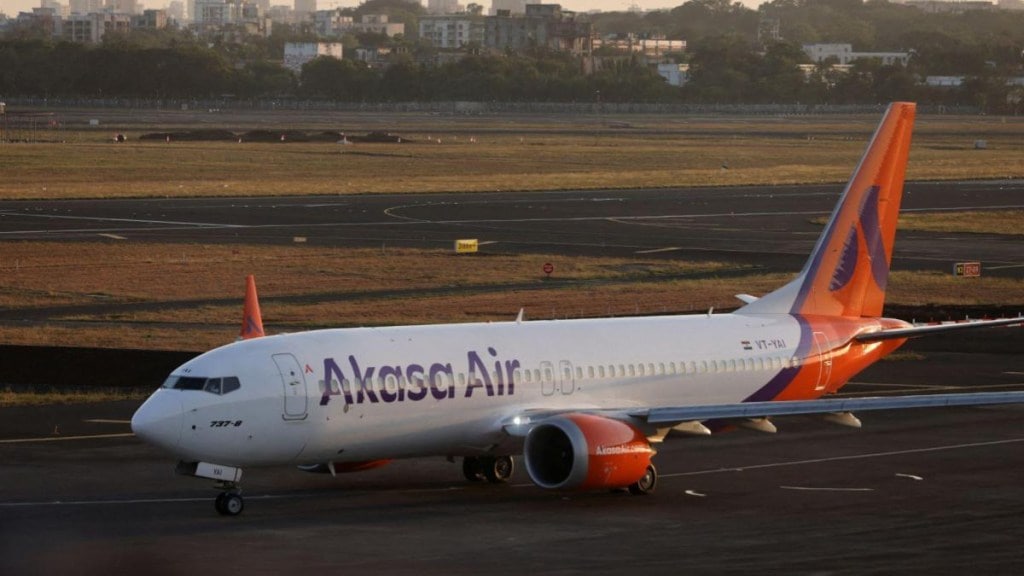Low-cost airline Akasa Air on Friday hinted at becoming profitable in the next two years, with plans for aggressive capacity addition and expansion to new destinations.
The Mumbai-based carrier, which will complete two years of continuous operation next week, has set IndiGo’s feat of attaining profitability after four years of flying, as target.
Speaking about the company’s plans, chief financial officer Ankur Goel said: “As the RASK (revenue per available seat kilometre) continues to improve and CASK (cost of available seat kilometre) continues to go down, it (turning profitable) will happen very soon and faster than our expectations. IndiGo took four years to become profitable, we won’t be very off from that number.”
While Akasa has inducted 24 aircraft in two years, IndiGo, which was launched in 2006, had a fleet strength of 25 aircraft in its fourth year.
With 382 planes, IndiGo controls 61% of India’s domestic passenger aviation market as of June 2024 end.
A major difference between the two airlines is that Akasa started to fly internationally even before it completed two years in operation, but IndiGo had to wait for completion of five years before flying overseas, a common rule being having a fleet strength of 20 aircraft.
Akasa’s parent SNV Aviation had posted a net loss of Rs 744 crore in FY23. The FY24 financial data of the company will be available in a few weeks.
“Our FY25 performance will be better than FY24 and our FY26 performance will be better than FY25,” Goel said. The airline has plans to induct 202 more aircraft by 2032, giving it an average of one new plane every two weeks.
Akasa Air placed an additional order of 150 Boeing 737 MAX planes in January this year whose deliveries will start in 2027. Its initial order comprised 76 aircraft of the same type. Though Boeing is mired in controversy over its manufacturing processes, which has affected its deliveries, Akasa is confident of getting its ordered aircraft on time.
“We will grow our capacity by 50% this year and by 50% next year as well. Our per unit productivity will improve. We are doing better than the financial road map we had aimed for,” the CFO said.
While capacity growth is linked directly with the induction of new aircraft, sweating of assets more than their existing levels will also add to sprucing up capacity levels, the company said.
As per data from the Directorate General of Civil Aviation (DGCA), Akasa was the sixth-largest airline by market share at 4.6% in the six months ended June. It has beat SpiceJet, which has a share of 4.8%, for the fifth spot several times in the recent past.
Goel also said that the airline is able to infuse working capital from the funds generated by itself and does not need to raise funds from external sources at this point in time. “No further equity infusion has taken place in the company. We continue to have whatever we had in the beginning,” he said.
